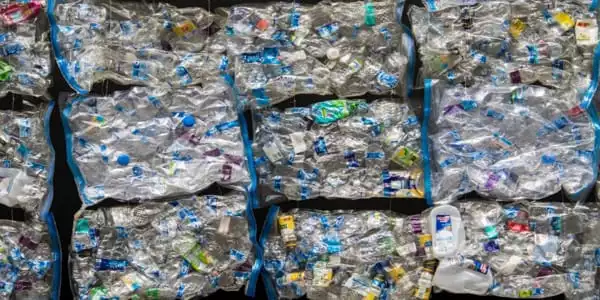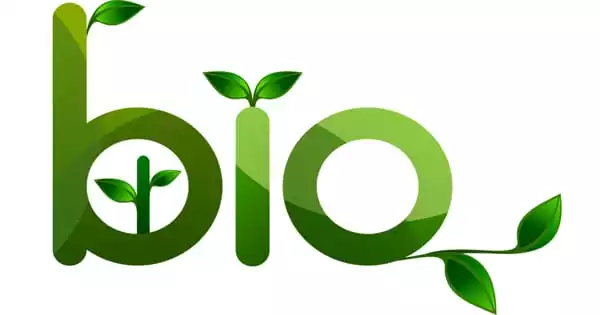Plastic waste accumulates in large swirling gyres in five locations around the world’s oceans, the largest of which is three times the size of France. Every year, millions of tons of plastic enter the oceans, destroying marine ecosystems, harming ocean animals, and entering the human food chain.
Although many plastics now bear the recycling symbol, recycling plastics is a laborious and energy-intensive process. Recycled plastics are typical of lower quality, with less strength than newly manufactured plastics. Consumers are increasingly being sold products made of biodegradable plastics derived from plant sources or laced with oxygen and other chemicals to allow them to degrade in the environment. However, this complicates recycling efforts because biodegradable plastics degrade the quality of recycled plastics, and recycling plants have no reliable way to separate these plastics from other forms.
Polyethylene is the most abundantly produced plastic on the planet. It has many diverse and even long-term uses due to its properties such as durability. Chemists have now incorporated polar groups into the material’s molecular chains in order to broaden its properties while simultaneously reducing plastic’s problematic persistence in the environment. The desired beneficial properties of polyethylene remain unaltered.
Scientists and engineers have long sought a method to incorporate such groups into polyethylene chains. Our current accomplishment has now opened up new possibilities.
Stefan Mecking.
Polyethylene is a non-polar, hydrophobic material that, like wax, repels water. Ways to incorporate a small number of polar groups in the material during polyethylene synthesis have long been seeking to expand its material properties, such as improving adhesion to metal surfaces. This has been particularly difficult to achieve thus far because conventional catalysts used in the process were destroyed by polar reagents.
Small amounts of carbon monoxide and a suitable catalyst
In the Chemical Materials Science research team, doctoral researchers Maximilian Baur, Tobias O. Morgen, and Lukas Odenwald, along with post-doctoral Humboldt research fellow Fei Lin, have now succeeded in incorporating keto groups in the molecular chains that plastics are made of. This is accomplished by employing a catalyst that, due to its position in the periodic table, is compatible with the carbon monoxide used as a reagent in the production of keto groups.

A critical factor in this process is the creation of only a limited number of keto groups in order to maintain typical and advantageous mechanical properties of polyethylene, such as durability. “Scientists and engineers have long sought a method to incorporate such groups into polyethylene chains. Our current accomplishment has now opened up new possibilities”, Stefan Mecking wraps things up.
New plastic with better degradability
Another unique feature is that the limited number of keto groups can improve the degradability of the new plastic. On a laboratory scale, it was shown that when exposed to simulated sunlight, the new plastic exhibits slow chain degradation, which does not occur in conventional polyethylenes. “This material represents a novel approach to the development of non-persistent polyethylene. Further research is unquestionably required in order to comprehend long-term performance “Stefan Mecking makes a cautious remark.
Meanwhile, the team demonstrated in laboratory studies that the new material has the same favorable properties as conventional polyethylene in terms of mechanics and processability. At the G20 Summit in Osaka last summer, member countries agreed to the Osaka Blue Ocean Vision, which Japan initiated, with the goal of leading global efforts to reduce ocean plastic pollution to zero by 2050.
Biodegradable plastics, which degrade into smaller, harmless chemicals in the environment, are already available. However, they are not as strong or water-resistant as common commercial plastics such as polyethylene. They are also twice as expensive as petroleum-based plastics and can only be produced in small quantities.
Plastics were invented by chemists more than a century ago. However, these extremely useful materials are now a major source of environmental distress. Fortunately, chemists in both academia and industry are working hard to develop an environmentally friendly method of dismantling plastics. Companies and governments must now take responsibility for their contributions to the accumulation of waste plastics. Action cannot come soon enough.





